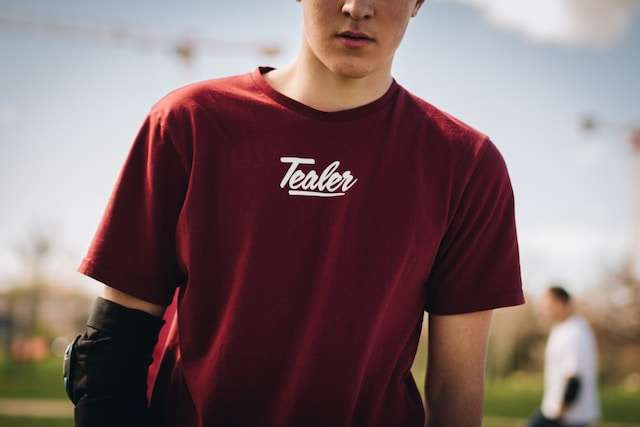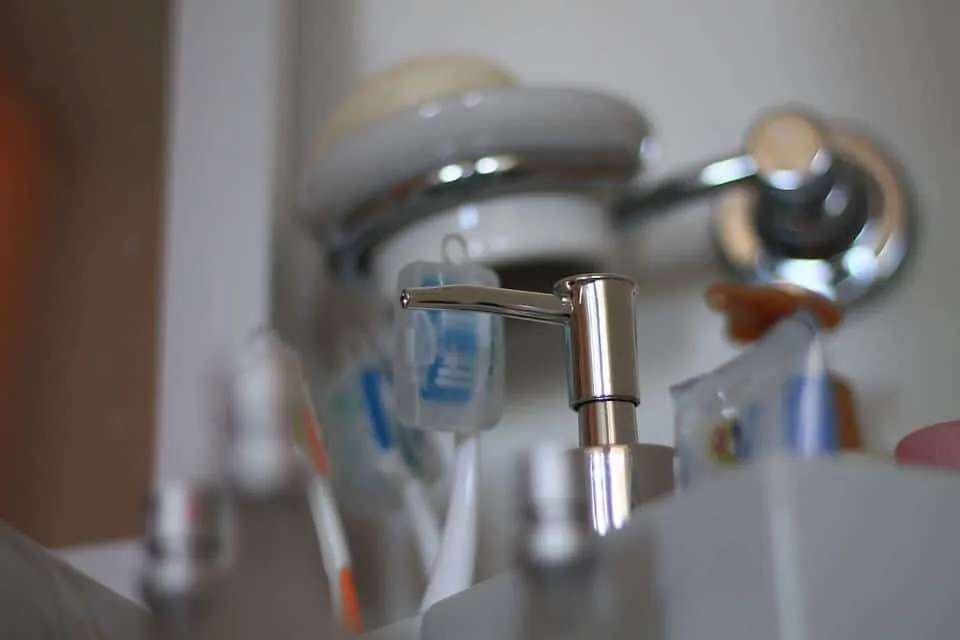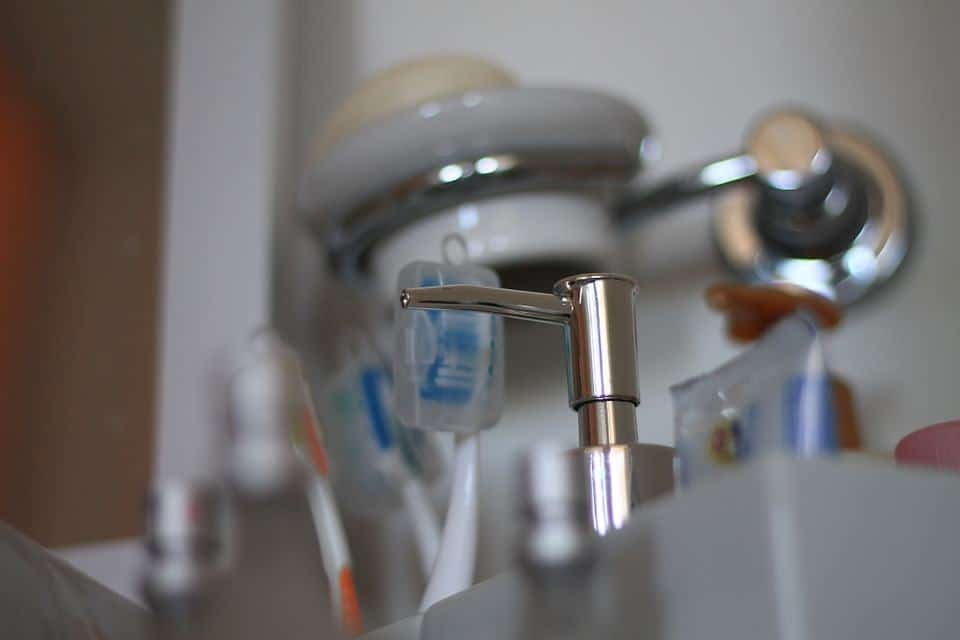Best Treatment Options for Pitcher’s Elbow
Pitcher’s elbow — or medial epicondyle apophysitis — is an injury sustained when you overuse your arm when making forceful, repetitive movements. You can develop it without playing sports, but you’re at higher risk if you participate in any of the following athletic activities:
- Baseball
- Softball
- Javelin throw
- Golf
- Tennis
- Squash
- Racquetball
- Football
- Wrestling
- Cheerleading
Here are the seven best pitcher’s elbow treatment options to recover from this condition and prevent it from happening again.
- RICE Method
RICE stands for rest, ice, compression and elevation. This conservative treatment can reduce the irritation and lessen pain, allowing your injured tendons and ligaments to heal naturally. Here’s how it works:
- Rest: Spare your aching elbow from strenuous activities — like pitching — as it recovers.
- Ice: Use a cold compress to numb where it hurts and reduce the swelling. Apply ice to your elbow multiple times a day for 20 minutes at a time.
- Compression: Wear a compression sleeve or wrap around your inflamed elbow to keep you from overextending your arm.
- Elevation: Raise your swollen elbow above your chest, allowing the extra fluid to flow toward the heart and circulate to the rest of your body.
- Nonsteroidal Anti-inflammatory Drugs (NSAIDs)
Take these meds if you want your swollen elbow joint to be more manageable. However, you should consult your physician first because your body may react negatively to them. Using NSAIDs along with other drugs may cause undesirable side effects.
- Throwing Analysis
This pitcher’s elbow treatment is a preventive measure. It involves a qualified sports medicine professional evaluating you during overhead movements through video or simulation to spot poor mechanics. Identifying and correcting your motion irregularities early may keep you from reinjuring yourself.
- Physical Therapy
Look for a credentialed physical therapist with experience in treating people with musculoskeletal or orthopedic injuries if you still feel discomfort. This clinician can tailor a treatment plan for your condition while considering your athletic goals. This medical professional may:
- Observe your stiff limb’s range of motion to identify the muscles to strengthen.
- Create a suitable training program for proper body mechanics while doing athletic movements.
- Use hands-on techniques to manipulate your joints and pressure the muscles outside your reach when self-massaging to make your body more robust and flexible.
- Assess your motor coordination to spot detrimental athletic maneuvers you may have been doing since you were young. Up to 74% of baseball players aged 8 to 18 experience arm pain while throwing, and you may have grown up thinking this was OK.
- Educate you about good practices for recovery and prevention as you slowly resume your normal physical activities.
- Chiropractic Care
Doctors of chiropractic medicine prefer noninvasive pitcher’s elbow treatment methods. These experts in the neuromusculoskeletal system prefer to alleviate arm tenderness without medication. You may have to undergo various chiropractic treatments to heal from your injury. Your chiropractor may:
- Release your soft tissue to expand your stiff arm’s range of motion using deep tissue massage.
- Perform chiropractic manipulations to increase your limb’s mobility.
- Facilitate a series of electric muscle stimulation, cold laser, or ultrasound sessions to separate scar tissue and decrease pain.
- Platelet-Rich Plasma (PRP) Therapy
This procedure involves drawing a decent amount of blood from you, isolating and injecting your platelets into your injured body part. PRP therapy can accelerate the healing process, so it’s a viable option if one of your elbow ligaments pops.
Your arm may lose function if you stretch or tear your ulnar collateral ligament (UCL) in your inner elbow. This group of connective tissues ties your upper arm bones with your forearm, so injuring this ligament is serious. This treatment can shorten your recovery time, helping you regain your arm’s mobility and experience less pain.
- Surgery
If all else fails, you may need to undergo arthroscopy to diagnose your condition. This minimally invasive operation is suitable for fixing the following:
- Joint scarring
- Swollen joint linings
- Torn ligaments
- Damaged cartilage
- Loose bone fragments
Your surgeon will make an incision the size of a buttonhole to fit and insert a camera-equipped narrow tube to view the inside of your elbow. If your injury — be it acute or chronic — is repairable, your doctor may make additional small incisions to fix the tear using pencil-thin instruments.
Unlike open surgery, arthroscopy minimizes discomfort, reduces complications and shortens recovery. You may need to work with a physical therapist to restore your body’s strength, mobility and flexibility post-operation.
If your torn UCL needs reconstruction, you may undergo Tommy John surgery. This operation involves replacing your damaged ligament with a tendon or graft from a forearm, the back of a knee or a big toe. The graft can come from your body or a donor. Your surgeon will make an incision about the size of an average middle finger to remove damaged tissues, connect the graft and possibly reattach the original ligament’s remnants for reinforcement.
Tommy John surgery is an outpatient procedure that involves general anesthesia and usually takes 60 to 90 minutes to finish. You’ll feel no pain and get to go home after the operation.
Self-Massage for Pitcher’s Elbow Treatment
Myobuddy’s massagers can provide relief from your injury. With your doctor’s permission, use our self-massage tools to complement your treatment. Look at our line of professional massagers and see how they work!













